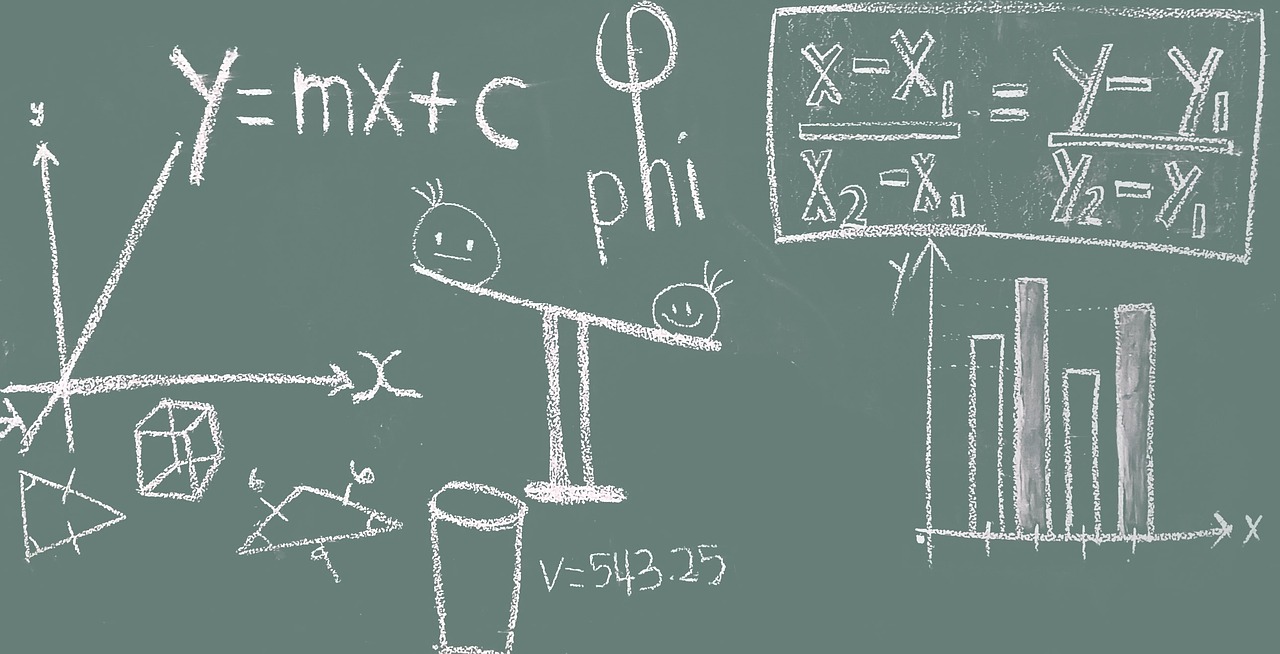AI is advancing by leaps and bounds, and is reaching more and more areas, to the point that there are already artificial intelligences that programme and train other artificial intelligences, and they are even learning on their own. But how do these self-learning processes work? Well, they do so through a set of techniques that help optimise their performance, precision and adaptability and guide their development.
According to MIT Technology Review (2023), these strategies can be mainly categorised into four groups: competitive learning, self-directed learning, automated optimisation and collaborative learning. In this article we will explore each category and its impact on the development of intelligent systems.
The Rival Archetype: Competitive Learning
In 2014, Ian Goodfellow and his team proposed a revolutionary concept: two neural networks facing each other, one, called a generator, which creates synthetic samples and another, known as a discriminator, which evaluates their authenticity (distinguishes between real and generated samples). This system, known as generative adversarial network (GAN), has made it possible to create hyper-realistic images, improve medical diagnostics and even design drugs. The key is the constant feedback and failure of the generator, which makes adjustments with each failure until it is able to fool the discriminator.
Trial and Error: Learning by Reinforcement
Another fundamental strategy is reinforcement learning, which makes use of algorithms that improve through rewards; this approach is similar to classical trial-and-error learning, but through accelerated cycles, allowing to calculate in hours what would take years manually. An example of this is AlphaZero, who mastered chess, shogi and go with no prior data, just by playing against itself millions of times (Silver et al., 2018).
This approach is vital in dynamic environments, such as logistics route optimisation or energy resource management. AI not only repeats actions, but learns to prioritise decisions based on results, which reduces costs and errors in business processes.

Learning to Learn: Meta-Learning
Meta-learning refers to systems that optimise their own learning processes, which is an exponential leap in the capacity for self-improvement. This type of algorithm focuses on identifying common patterns across multiple domains, transferring knowledge from one context to another and adapting quickly to reduce data requirements. A National Science Review study showed that certain techniques allow neural networks to achieve fluency on new tasks with as few as 10-100 examples (Zhou, 2021).
However, this autonomy is relative, as it requires strategic human oversight when defining relevant evaluation metrics, setting operational limits or validating results in critical scenarios.
Collaborative Improvement: Supervised Self-Learning
Although technical advances are many and important, human intervention remains indispensable. Even though meta-learning allows for greater adaptability, it requires constant monitoring to adjust parameters and validate results. The European Commission (2021) stresses that even the most autonomous systems need human control mechanisms to ensure their effectiveness in critical applications.
In sectors such as finance or healthcare, where models must combine machine learning with expert judgement, monitoring is key, as it not only corrects errors, but also guides training towards specific objectives and improves performance.
References
Goodfellow, I., et al. (2014). Generative Adversarial Networks. Advances in Neural Information Processing Systems.
Silver, D., et al. (2018). A general reinforcement learning algorithm that masters chess, shogi, and Go through self-play. Nature.
European Commission. (2021). Ethics guidelines for trustworthy AI.
Zhou, Z.-H. (2021). Machine learning: New paradigms and challenges. National Science Review.